LG G7 ThinQ vs LG G6: first look

After the debacle of the LG G5, the Korean company needed to repair its reputation with its follow up successor. And thankfully so, they managed to do just that when they introduced the revamped LG G6 last year, offering a brand spanking new design and a focus back to the basics – rather than inundate users with the G5's set of 'friends.' With the introduction of the LG G7 ThinQ, the company is gunning to reach new heights with a phone that not only continues the line's focus on photography, but also leveraging some of the new advancements with AI integration.
Design
While the G6 last year introduced us to a more modern design with its glass meets metal construction, following the trends of its contemporaries, the G7 ThinQ is a remarkably more refined looking smartphone in every facet. In fact, it appears more elegant side-by-side to the G6, as the G7 ThinQ's rounded edges makes it feel better in the hand as opposed to the sharper, flatter edges of the G6. It's a stark contrast, which goes to show that LG has tweaked and retooled the design of the G7 ThinQ to make it the more attractive one.
Display
Over on the specs side, the LG G7 ThinQ packs a 6.1-inch QHD+ (1440 x 3160) FullVision Display – while the G6 sizes up with a 5.7-inch (1440 x 2880) FullVision IPS LCD Display. Honestly, it's amazing how LG is able to pack in a larger and higher resolution display into the G7 ThinQ – with a smidgen added to its size length wise. There's a miniscule advantage with the G7 ThinQ when it comes to pixel density, but in all fairness, it's really tough to tell. In looking at them, our eyes are more affixed on the G7 ThinQ primarily because it has skinnier bezels all around.
Speaking of those bezels, the only minor distraction is the notch with the G7 ThinQ. But then again, those thicker bezels with the G6's display is just as distractive. Luckily, there's an option to mask the notch in the display settings, which makes it more uniform looking and pleasant to the eyes. And lastly, the G7 ThinQ's display is capable of reaching a maximum output of 1,000 nits under direct light, which should make it more visible than the G6.
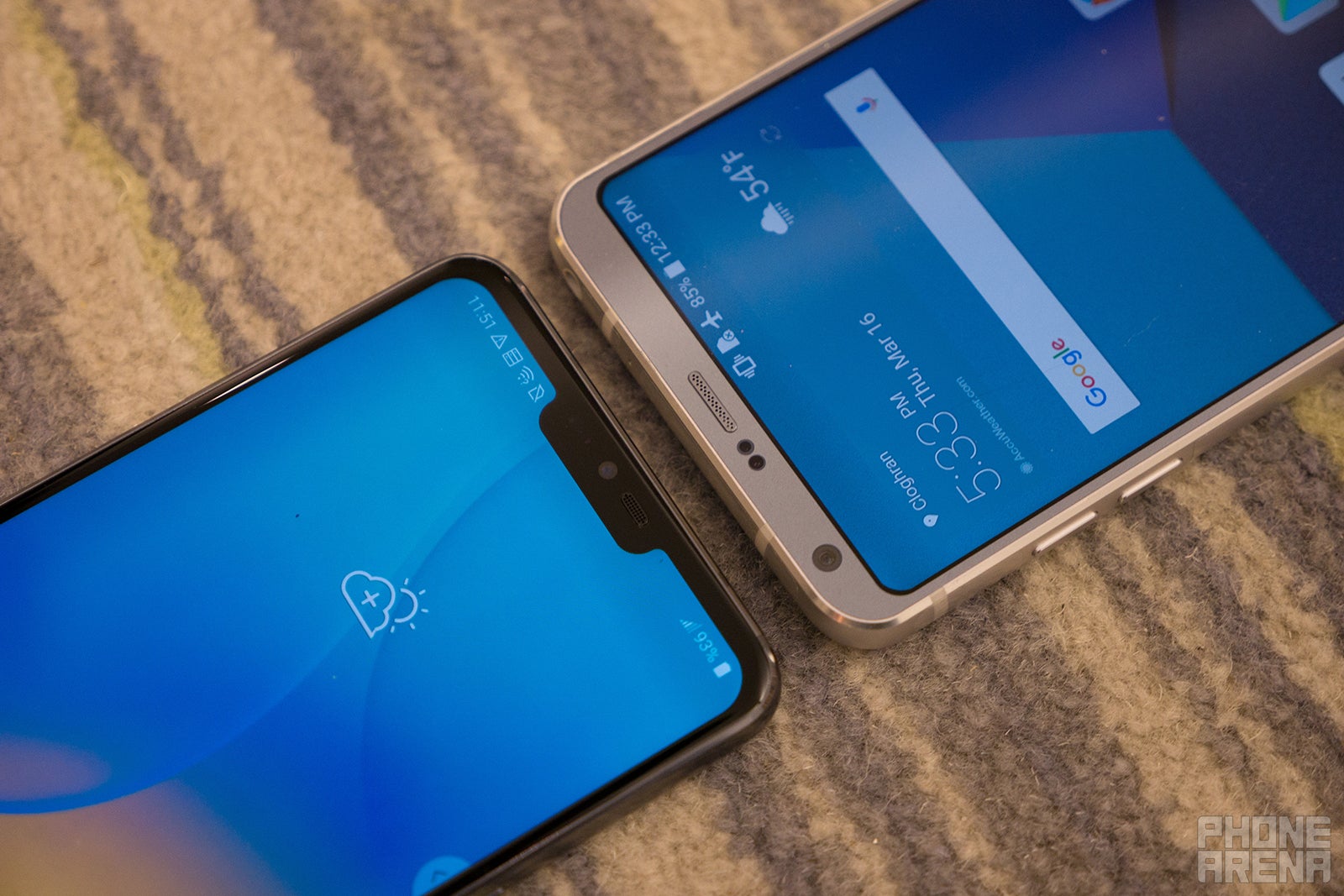
User Interface
Inspecting their respective Android experiences, the two may appear very similar in terms of their look and feel, but there's no hiding the obvious that there are more features in tow with the G7 ThinQ's upgraded experience. While all the basic functions of Android are available to both handsets, the G7 ThinQ greatly benefits from new arsenal in the form of some integrated AI features that are mostly related to the camera, voice integration, and home appliances. Moreover, the G7 ThinQ packs other useful features such as the floating bar for quick access to certain apps, as well as facial recognition as another form of security.
When it comes to processing power, there's no denying that the newer phone brings to the table the superior hardware. For the G6, it's powered by an aging Qualcomm Snapdragon 821 SoC coupled with 4GB of RAM – while the LG G7 ThinQ is armed with the newer Qualcomm Snapdragon 845 SoC with 4GB of RAM. When it comes to the basic tasks on hand, the two phones perform very similar, but there's just a bit more pep seen with the G7 ThinQ's performance. And since it's a newer phone with a newer chip, the G7 ThinQ will no doubt blow away its predecessor in the benchmarking department – more so when the Snapdragon 821 is now two generations old. As for storage capacities, the G7 ThinQ has a larger 64GB of internal memory that's available to it, while the G6 starts off at 32GB. Naturally, both can be expanded with their microSD card slots.
Camera
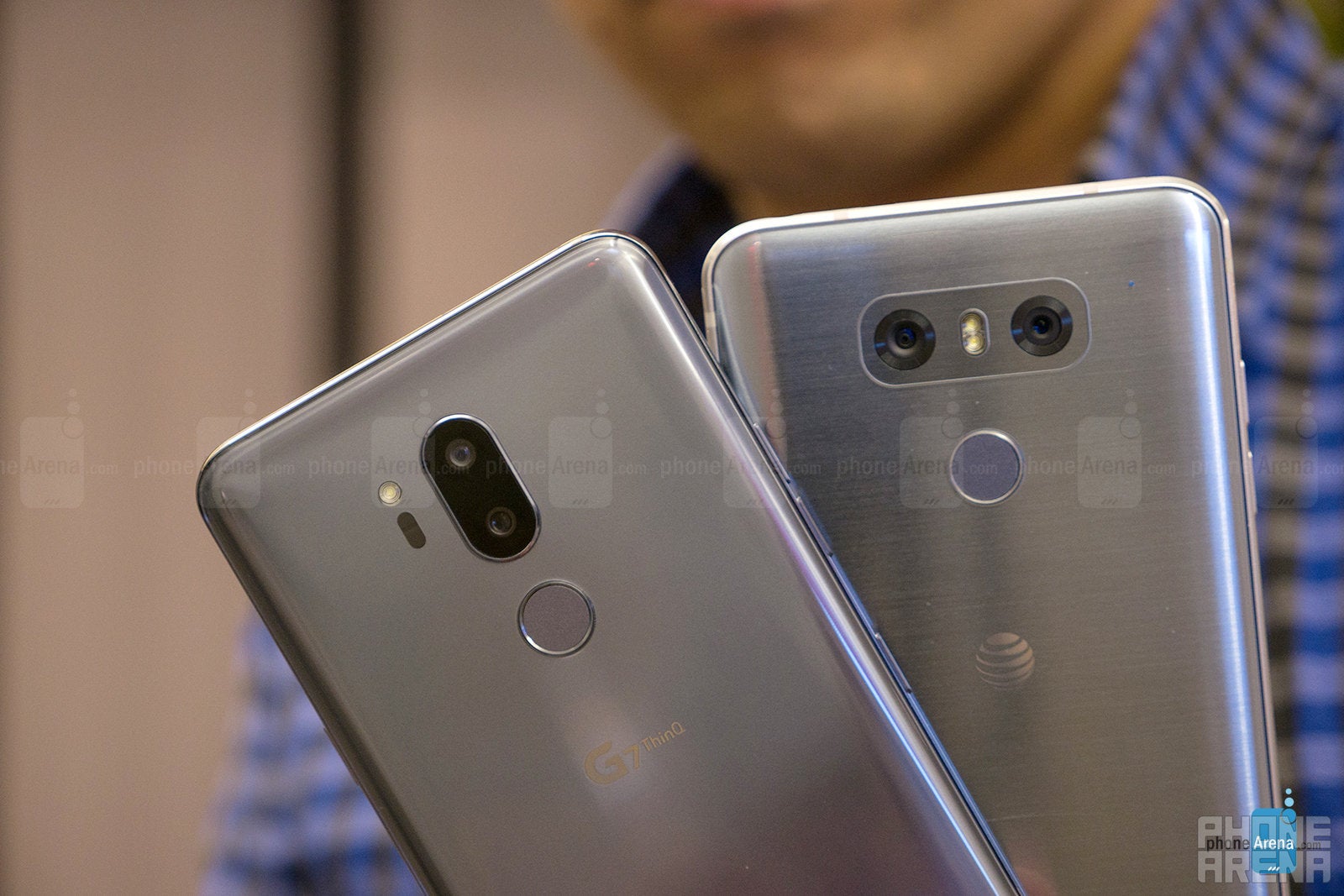
Dual-cameras have been a thing with LG smartphones for a while now, but LG enhanced the capabilities to a higher degree with its latest flagship. The G7 ThinQ is treated to a pair of 16MP sensors broken down to a main 71-degree f/1.6 lens and a wide-angle 107-degree f/1.9 one. Conversely, the G6 sports a pair of 13MP cameras, broken down to a main 71-degree f/1.8 lens and a wide-angle 125-degree f/2.4 one. Fundamentally, the two are known for their wide-angle cameras, but strangely enough, it’s the G6 that captures more of the scene – albeit, distortion is far more visible with its shots. But that's essentially where it all ends, as the G7 ThinQ is just a beast of a camera phone because it now has the ability to capture portrait shots with its front and rear cameras.
Over on the video side, too, it's the G7 ThinQ being the more attractive handset, primarily because it leverages many of the features we saw with the V30 – making it a far more equipped phone for recording video. Essentially, it features the extensive manual video controls and Cine modes that make it such a versatile tool for content creators. There's even better slow-motion capture! And lastly, the AI integration with the G7 ThinQ allows the camera to adjust to the scene to yield the best results.

The G7 ThinQ with the V30
Battery
When it comes to battery capacities, it's the oddly enough the G6 that's stuffed with the larger 3300 mAh battery cell – versus the 3000 mAh capacity found with the G7 ThinQ. Even though it's an advantage on paper for the G6, it's anyone's guess as to whether or not the G7 ThinQ will be able to match its sibling's longevity, which we suspect it will because of all the optimizations with the processor and software. Fortunately, there's the added convenience of wireless charging with them both!
Expectations
When the LG G6 was announced last year, many applauded LG's efforts for going back to the basics and focusing on the core features of a smartphone – as opposed to the overly ambitious nature of the G5's modular design. Even with all the acclaim, the phone wasn't necessarily perceived by the masses as a top-contender because it merely brought on features that its contemporaries already delivered. With this year's successor, though, it's a dramatic change as the G7 ThinQ is a refined smartphone in nearly every facet.





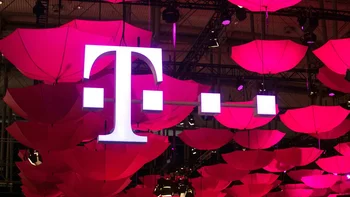

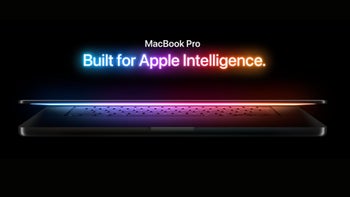
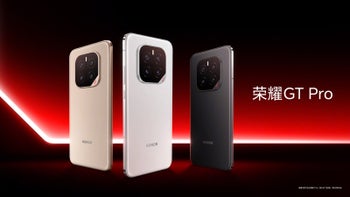



Things that are NOT allowed: